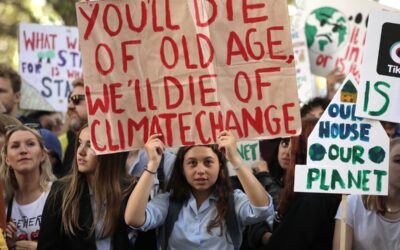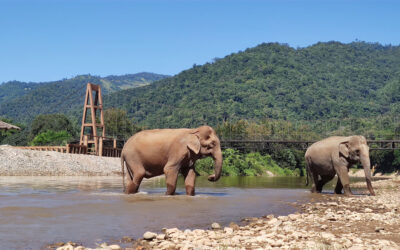Heh heh. Jamais Cascio was at an Institute for the Future scenario planning workshop last week, where he gave a presentation on IFTF’s three Fifty Year Scenarios (first one here; others to be published shortly). All of them are rather sobering, he observes – but, he continues, there was also a fourth scenario. Here’s his brief description:
In this ?fty year period, a massive depression, coupled with the collapse of a key resource, undermines traditional economic models. Even as the global economy recovers, a global war erupts, a horrifying accident triggered by political systems overwhelmed by increasingly rapid communications, a tragedy multiplied by the almost casual use of chemical weapons. The end of this war coincides with the emergence of a pandemic the likes of which the world has never seen, killing millions upon millions — and, combined with the war, almost eliminating an entire generation in some parts of the globe.
After the pandemic ebbs, a brief, heady economic boom leads many to believe the worst has ended. Unfortunately, what follows is a global depression even more massive than the previous one, causing hyperin?ation in some of the most advanced nations, and leading directly to the seizure of power by totalitarian, genocidal regimes.
What follows is perhaps predictable: an even greater world-wide war, nearly wiping out a major culture and culminating in a shocking nuclear attack.
Yep, you’ve guessed it: this ‘scenario’ runs from the late nineteenth century through to 1945.



